Smashing Through the Mental Stop Sign
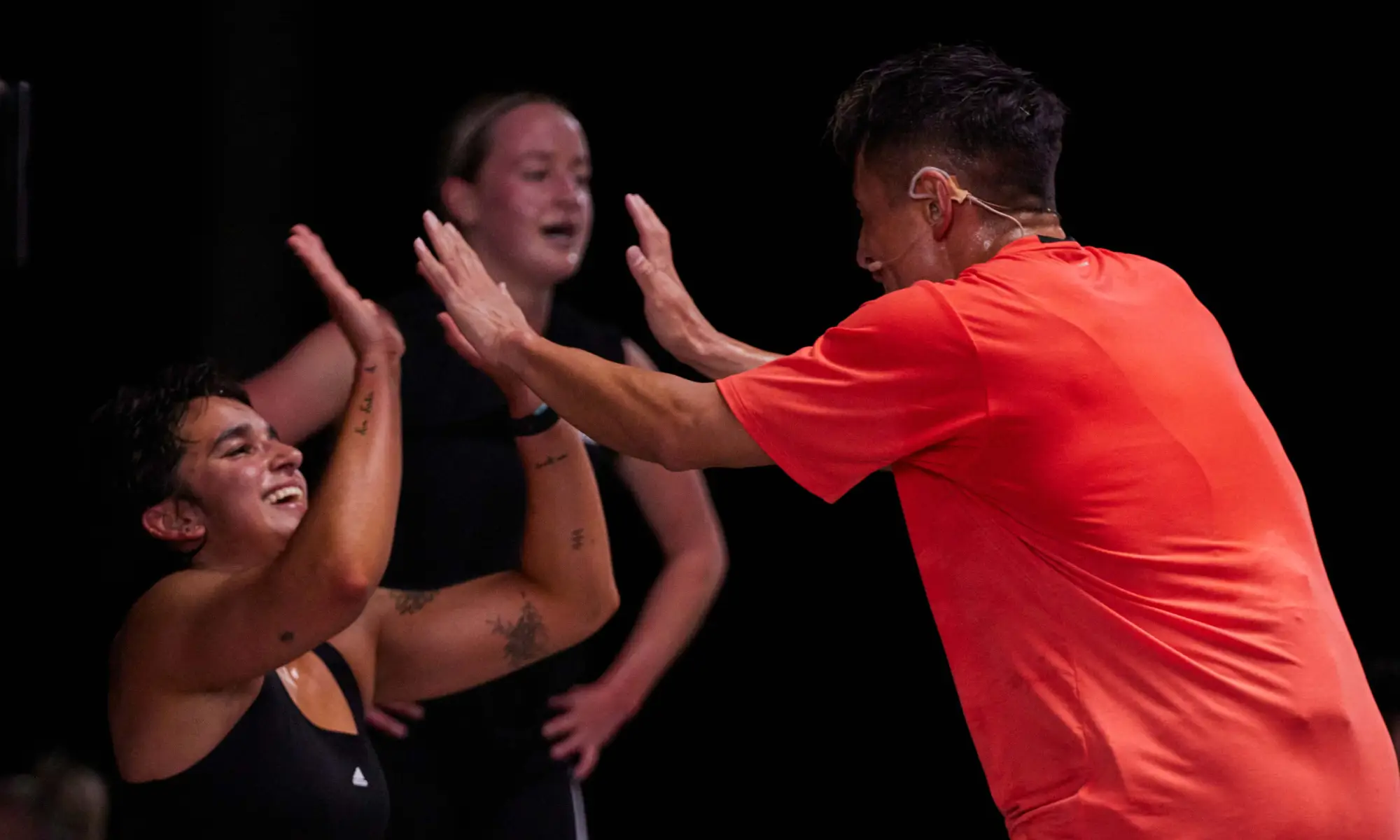
Eight proven mind hacks to take you and your members beyond mental barriers, beat the burn, and find the strength to reach new heights.
Ever felt like you couldn’t do one more rep? Now, imagine someone offered you $5 million to push through. You’d likely find the strength. That’s not magic; it’s proof that your mind often quits before your body does.
We're sharing eight practical, science-backed tools you can use with your members – and even for yourself – to go the extra mile in those more intense classes.
#1 Motivate through the mic
To truly engage your members, vary your pitch, tone, and energy – it’s your vocal performance that holds attention and stirs emotion. Use vivid, visual language to drive movement with meaning. Saying: "Dig like you're planting your feet in concrete," has far more impact than a generic cue like "squat deeper."
And remember to give permission cues that empower every individual: "Your body, your pace. Back off if that’s right for you today."
These subtle shifts can transform the experience from just another workout to something personal, powerful, and unforgettable.
People may forget the moves, but they’ll remember how you made them feel.

#2 Work around your workout governor – Your brain
Your brain acts as a "central governor," limiting exertion to protect you. It sometimes kicks in too early, triggering fatigue before your muscles are truly spent.
Help members reframe that moment of burn: "When those last five seconds feel like five minutes, tell yourself: 'This isn’t failure – it’s your brain playing it safe. You’ve got more to give.'"
The more you reframe fatigue, the more the brain learns to adapt. Small wins accumulate, expanding what people believe is possible.
#3 Self-Talk: Coaching from the inside out
Self-talk – the inner voice we all hear mid-workout – heavily influences performance. Positive internal cues can lower perceived effort, helping people go harder without it feeling harder.
Encourage your members to talk back: "Say it out loud: 'I’m strong. I’ve got this,'" or, "When your legs say no, say, 'Just one more. That’s where change happens.'"
Plant mantras in their minds that echo your coaching – even when you're not speaking.
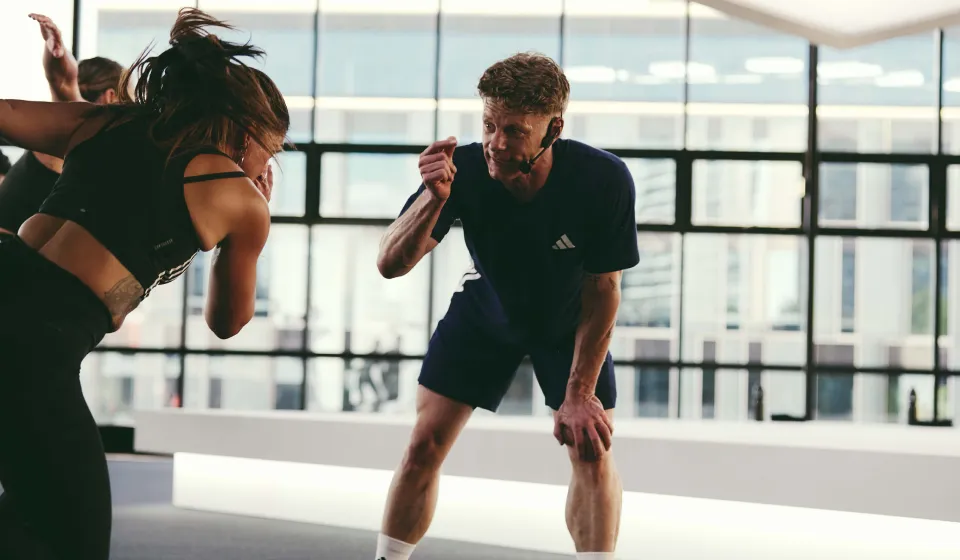
#4 Chunking: Win the workout in pieces
When a challenge feels too big, motivation drops. Chunking breaks sessions into smaller, manageable goals. It helps people focus on what’s next, not what’s left.
This works across single workouts and full three-month release cycles. Struggling with a rep challenge? No problem – tell your members to just add one rep each week. Progress feels achievable, and confidence builds.

As you know, each program consists of three layers of coaching, each building on top of each other. As a refresher, Kylie Gates, Les Mills Creative, reminds us how we can use them as a framework to bring out our own personality:
“Layer One cues are pretty much set in stone in all of our programs. We have compulsory cues that we want Instructors to use – like coaching the names of moves, targets, timing, to get people moving safely and effectively. It's great to have this consistency, so when anyone attends a BODYCOMBAT™ or BODYPUMP™ class anywhere in the world, they receive the same cues that create success.
Where it’s different is in Layer Two – this is where the magic happens! This layer is where Instructors coach how to increase intensity and improve execution, helping people move better. The Track Focuses in the choreography notes will always help guide how to coach this layer, and we encourage Instructors to find the right words that are authentic to them. It’s about being clear on one objective per block; focus on one part of the movement at a time – that’s how people learn best.
Lastly, Layer Three is about educating and motivating your members to push through the fatigue, to maximise their experience.
I teach BODYBALANCE™, one of our mind-body classes. My best classes come when I'm not reciting something from a book, but when it’s something I feel, believe in, and have experienced myself. Then I want to share that with others. Sometimes, something will come to me in the moment – like feeling grateful to be able to move my body.
The key is to mix it up, use what feels right in the moment, and most importantly, make sure your delivery is authentic to you. That’s what makes it truly impactful. "
#5 Breathing and mindfulness: Staying cool under pressure
Shallow breathing can make effort feel harder, while more controlled breathing improves oxygen flow and focus. Of course, in the middle of intense exercise, it’s not easy to take big, slow breaths – and that’s okay.
Use the recovery moments, when breathing has eased a little, to coach better habits. Try cues like: “As soon as you’re able, deep belly breath in… now exhale slower than you inhaled,” or “Still breathless? Blow the air out – reset your lungs.”
Even these small resets can help reduce anxiety, prevent overexertion, and keep members mentally present.

#6 Motivation: Finding the "Want To"
Long-term motivation comes from within – things like enjoyment, progress, and purpose. This is called intrinsic motivation, and it’s gold for retention.
Ask members what drives them, then tailor your coaching.
Always give members autonomy. Whether they go high or low, it’s their ride. Tap into Self-Determination Theory: People stay active when they feel in control, competent, and connected. Great Instructors do all three.
#7 Leverage the Köhler Effect: Stronger together
"We’re in this together. Look around – everyone’s giving their best."
The Köhler Effect describes how individuals push harder in group settings, especially if they feel like the weakest link but know their effort still matters.
While Les Mills programs are not competitive by nature, even a cue like: "Let’s all finish strong together," taps into this, boosting motivation across the room.

#8 Discomfort vs. Danger: Know the line
Your role isn’t just to inspire – it’s to protect. This means encouraging people to push into discomfort, but not to the extent that it causes them pain or risk of injury. When they feel muscle burn, remind them, "That heat? That’s your body adapting. Stay with it."
Pump up the volume… ish
Music is more than background – it’s a performance tool. Upbeat tracks (120+ bpm at ~80-85 dB) boost reaction time, heart rate, and focus – especially when synced to movement.
But louder isn’t always better. Overstimulation can hurt performance and hearing. Studies show no drop in effort when volume is lowered to safe levels. The magic lies in tempo, genre, and personal taste – not just decibels.
Choose a volume that lifts the room – without overwhelming it.

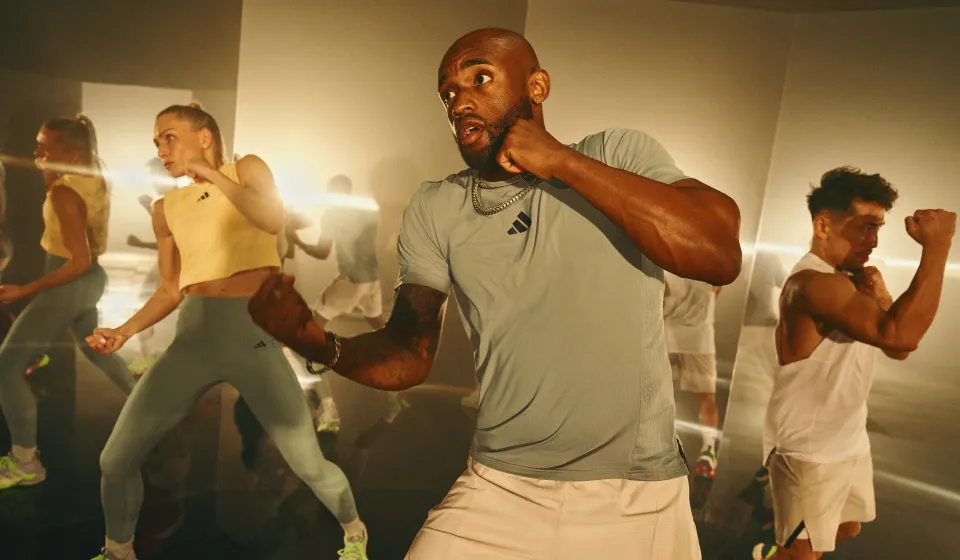



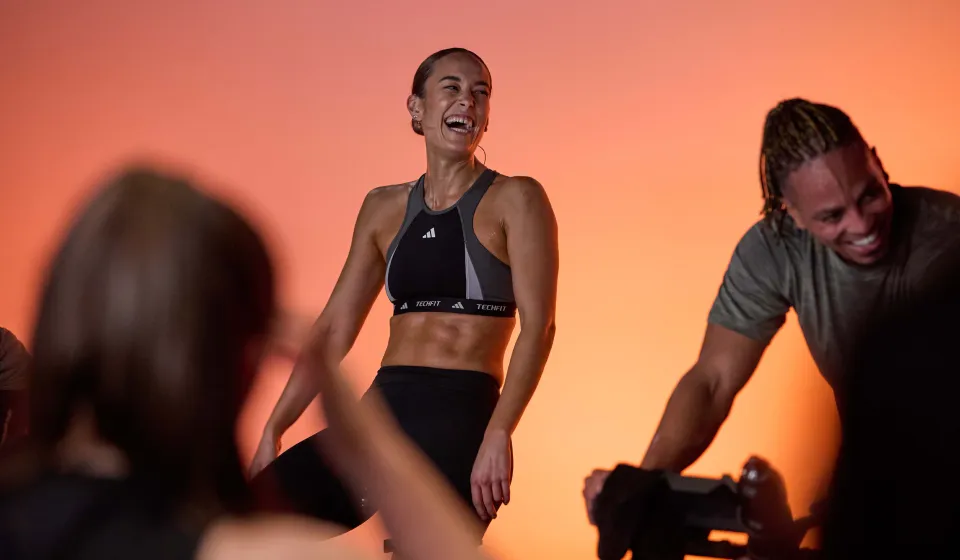


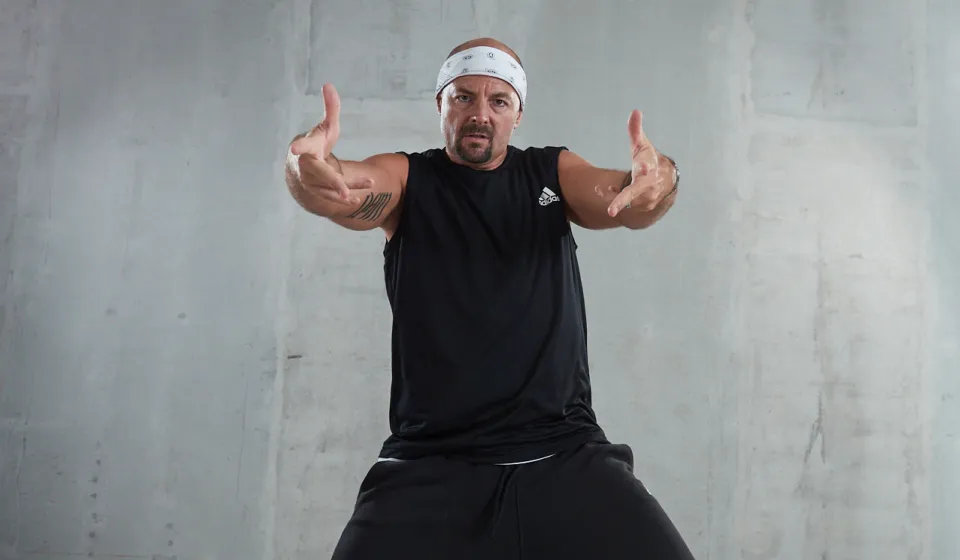

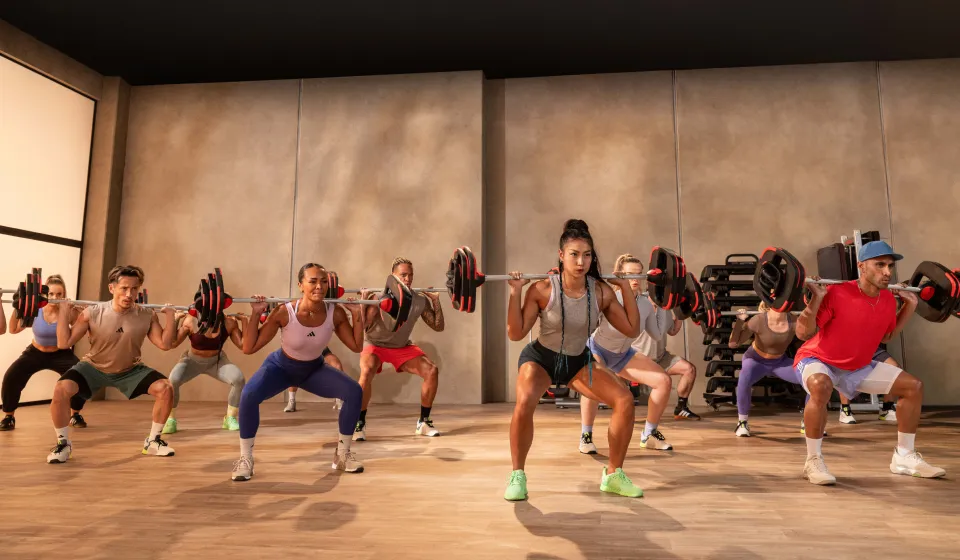

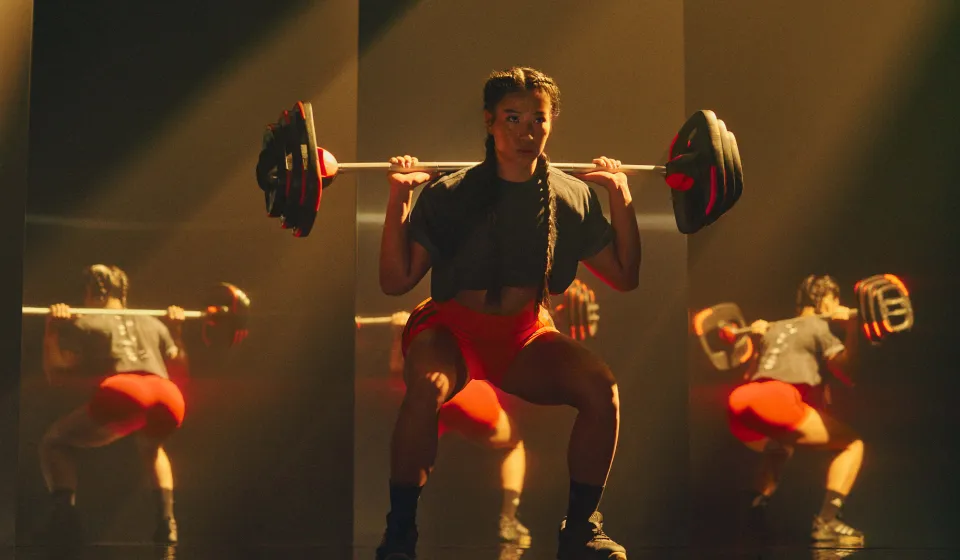

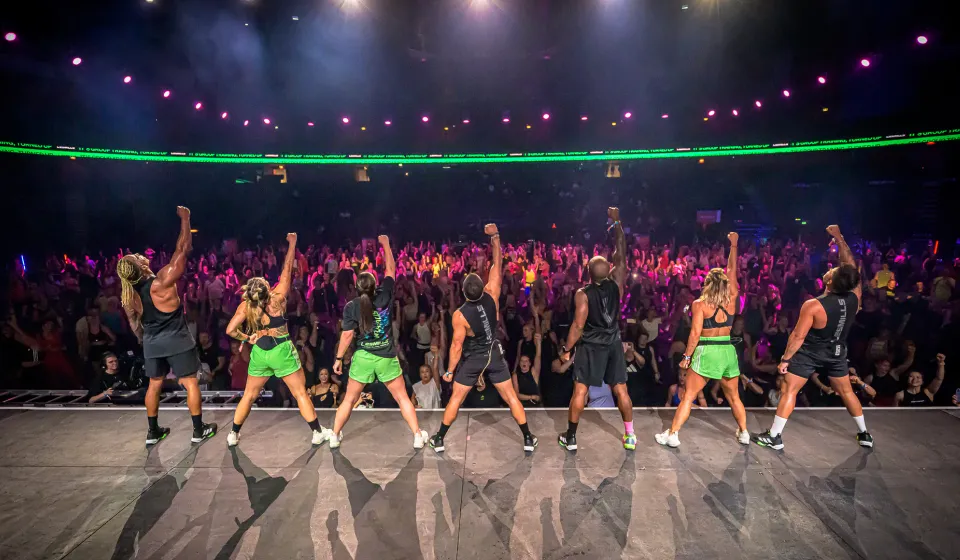
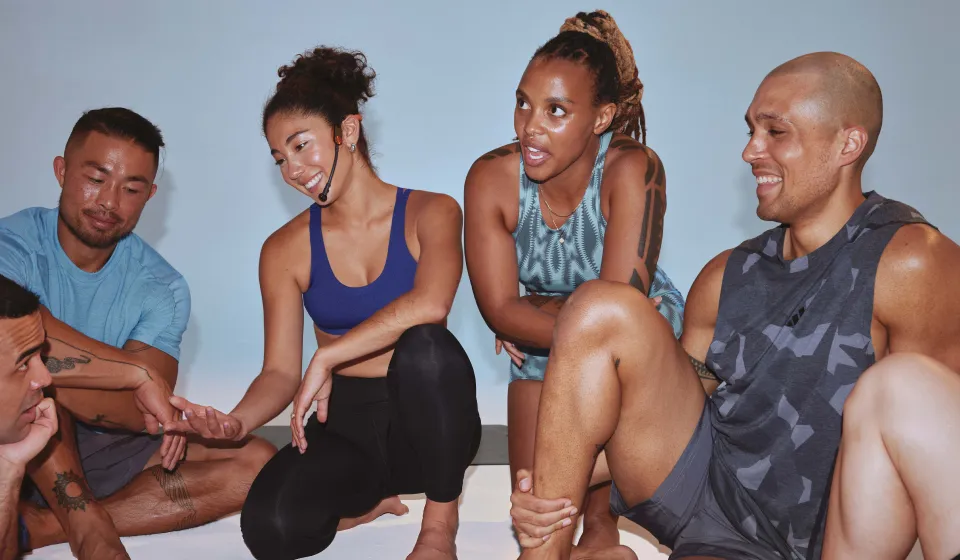
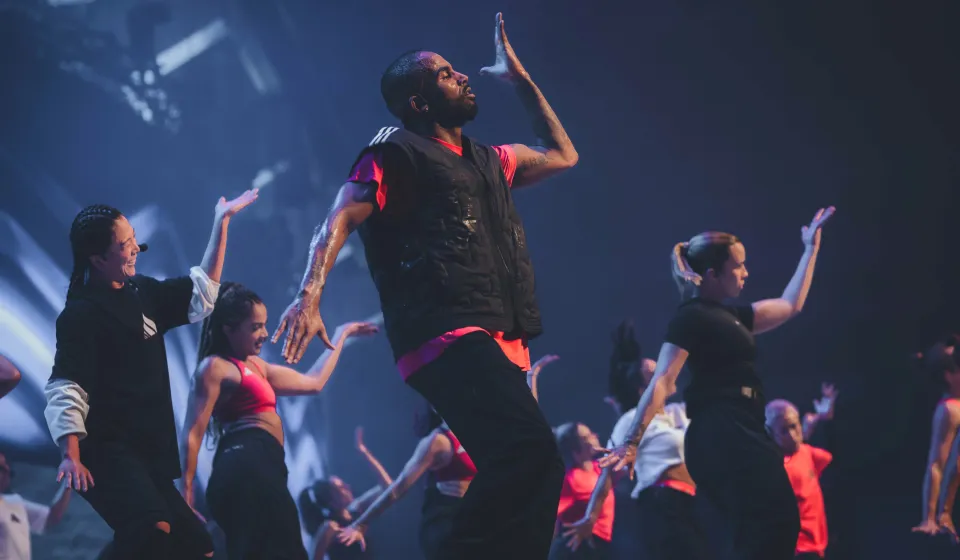

.webp)
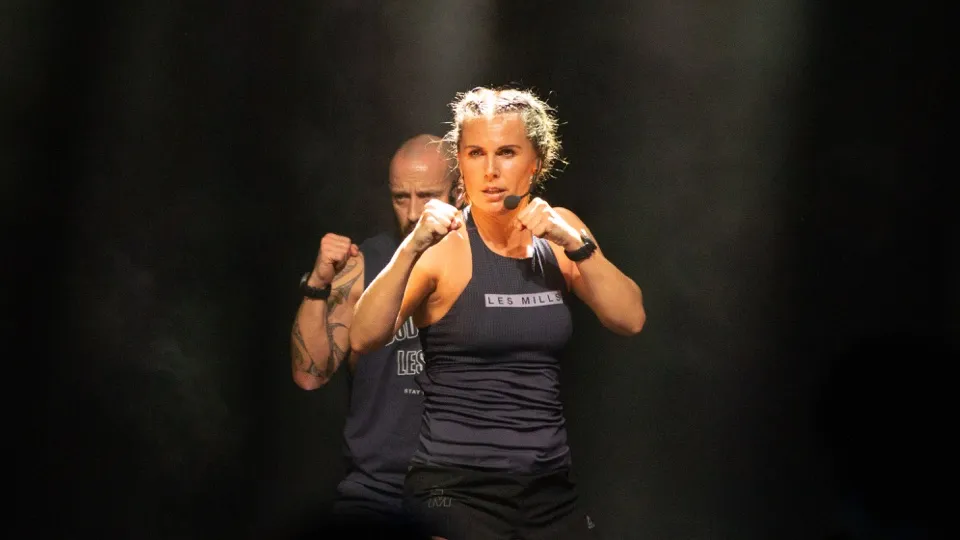
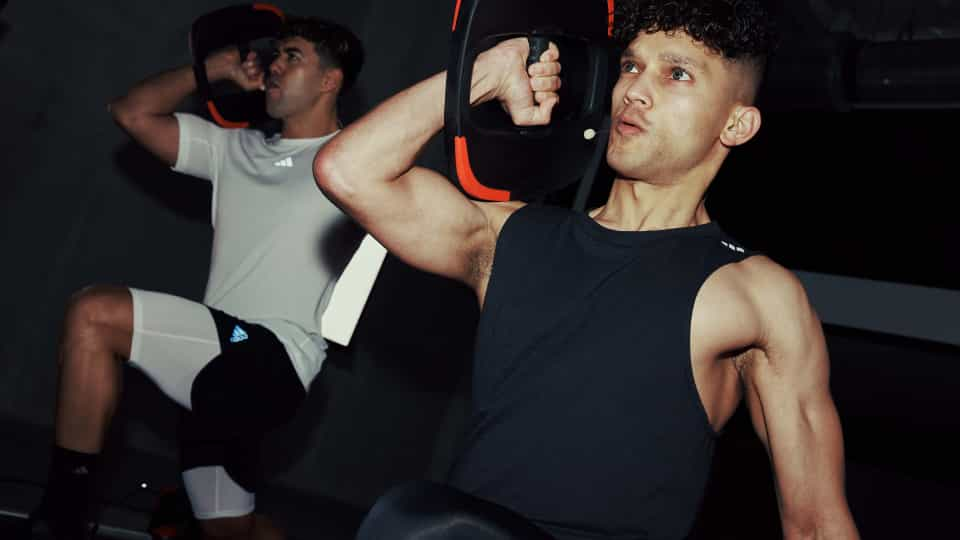
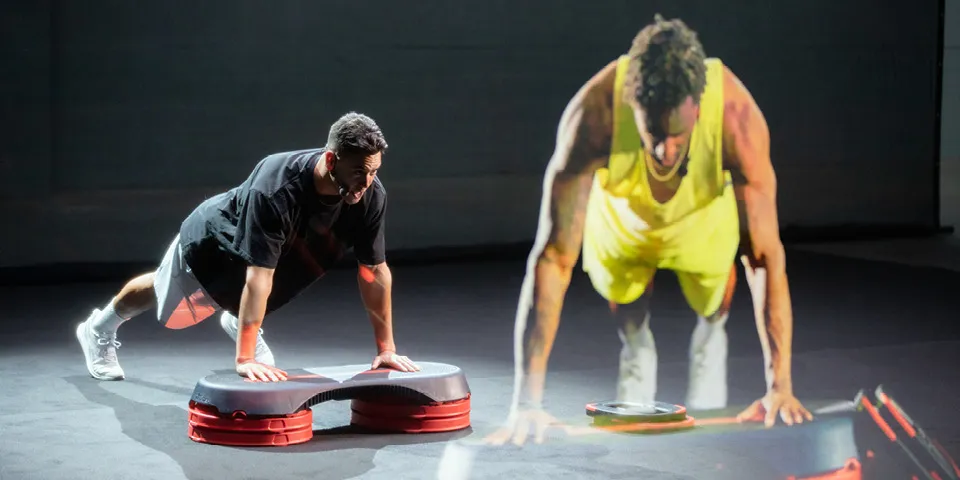

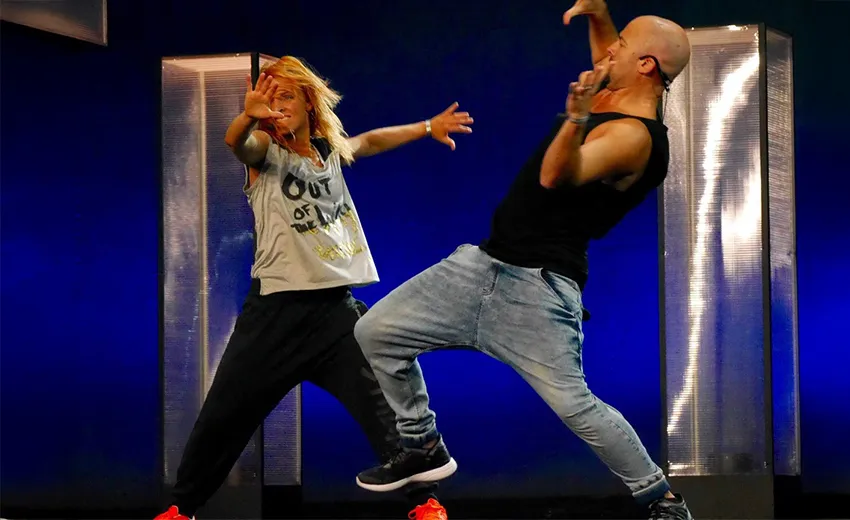




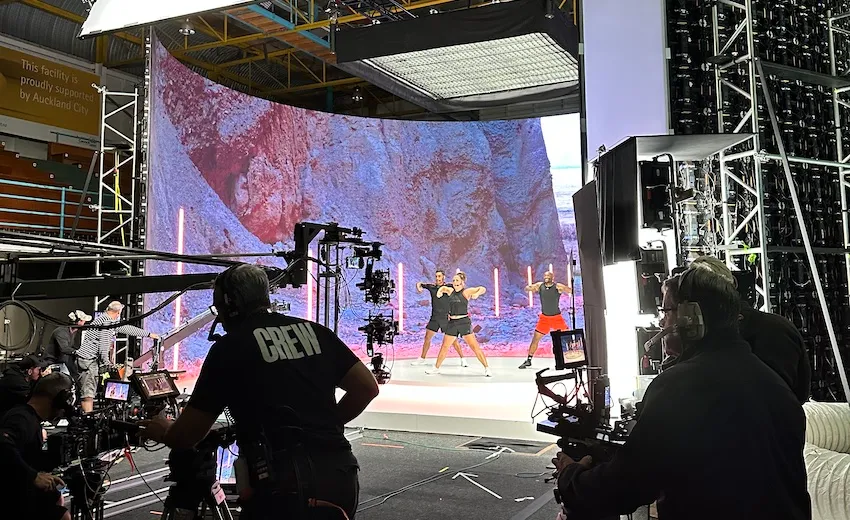

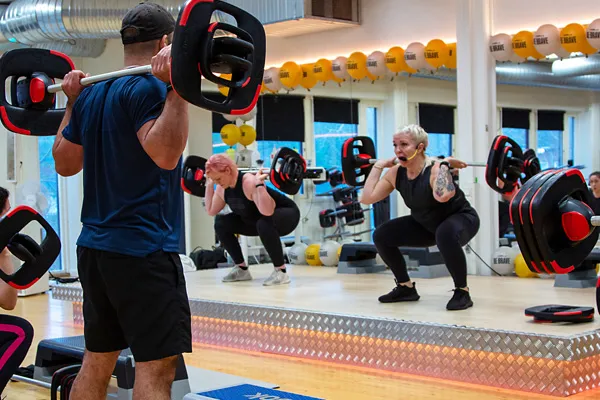

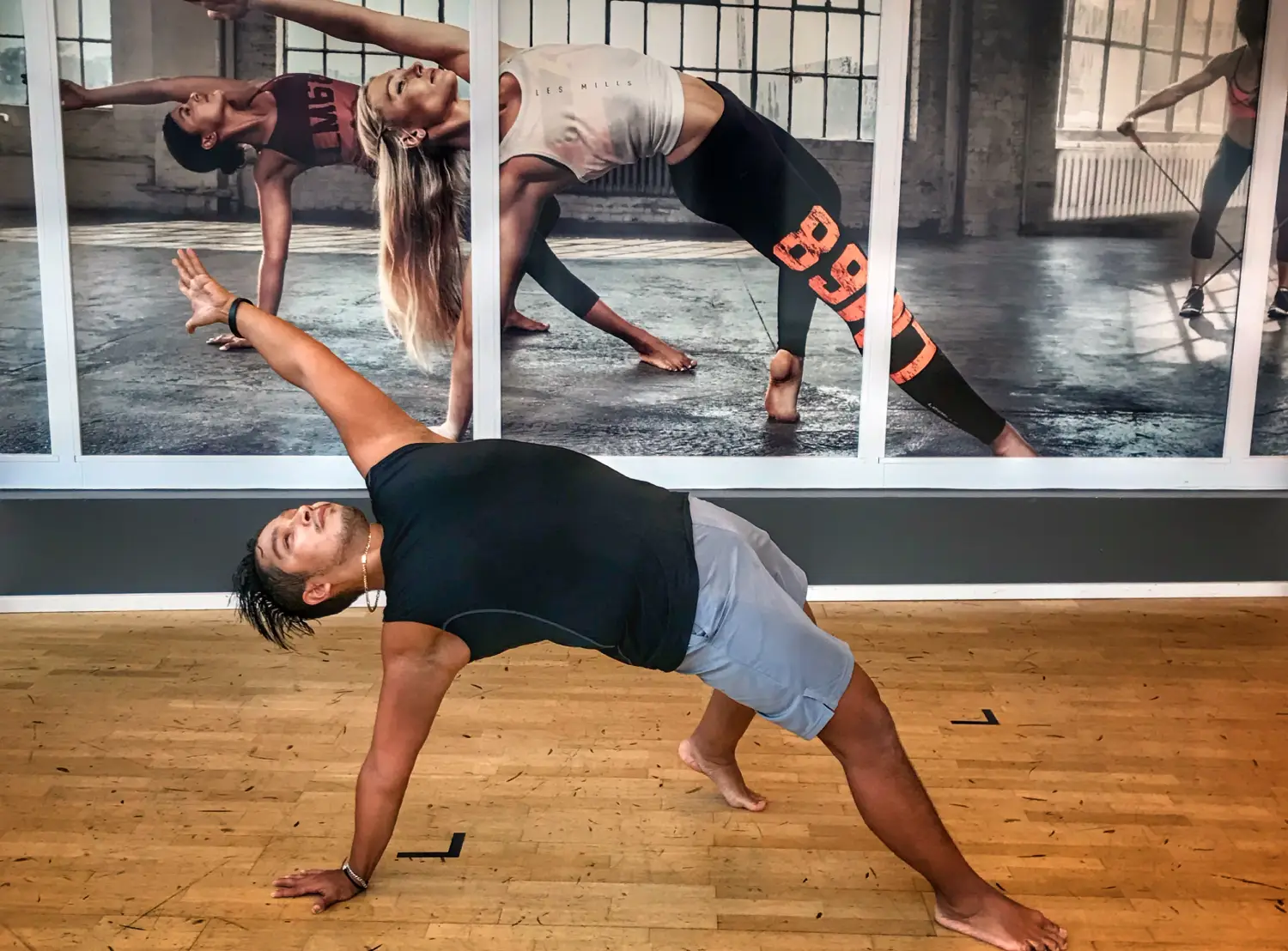

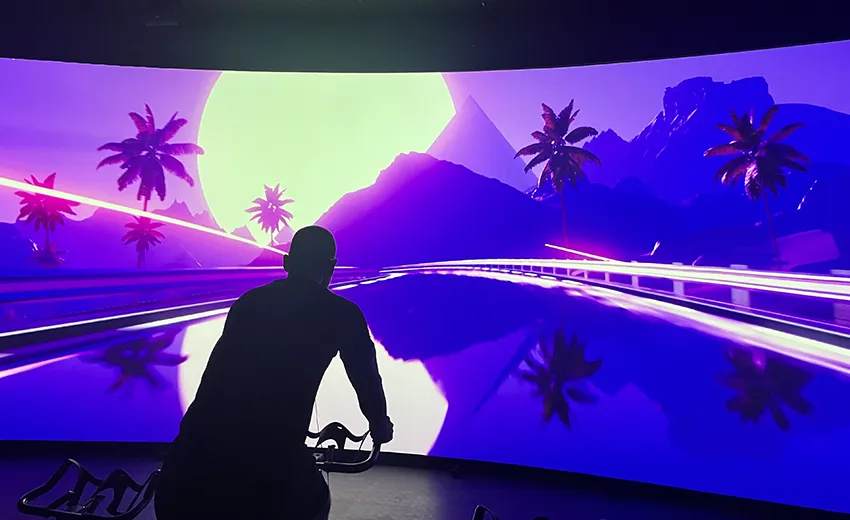
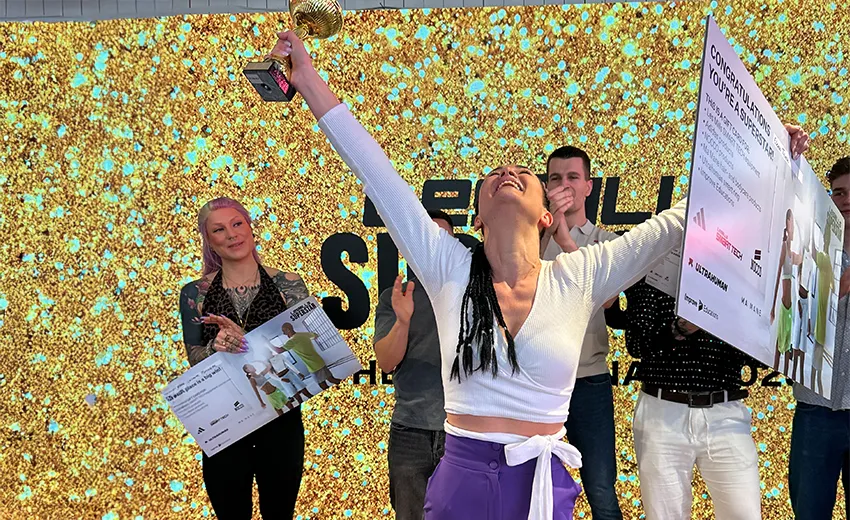
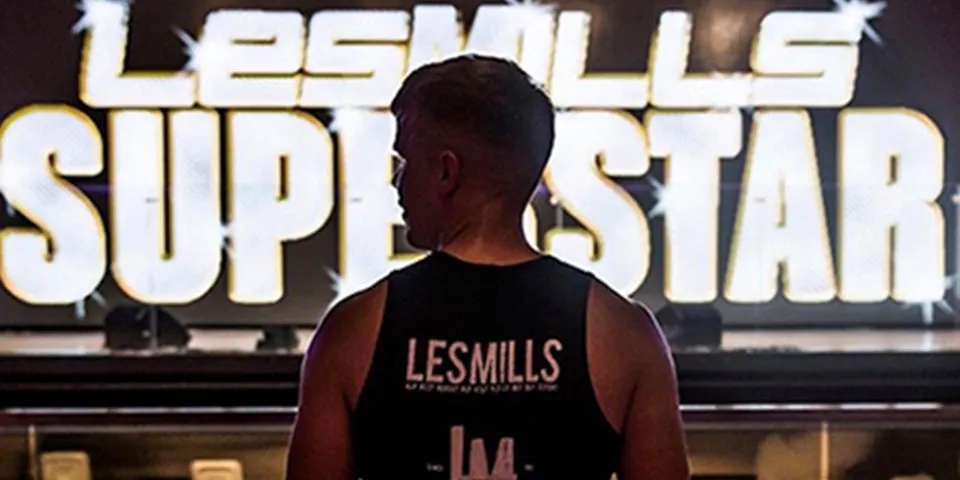





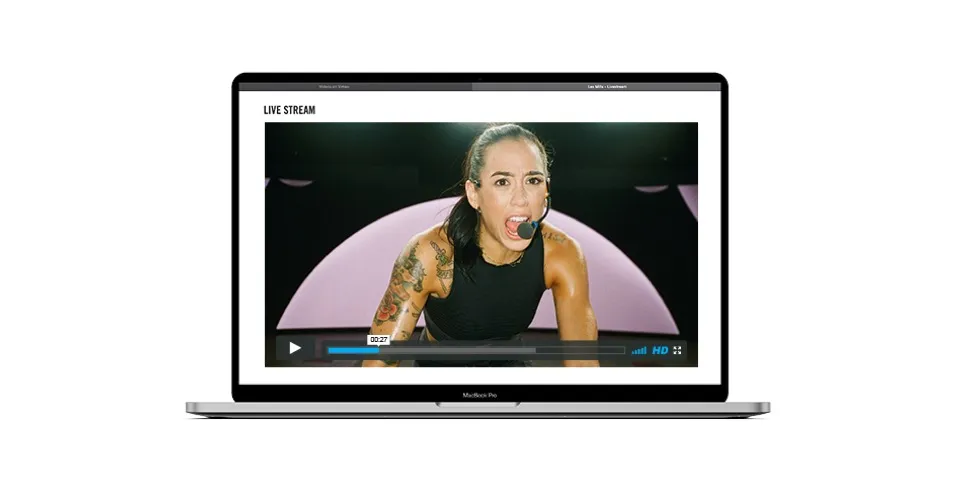

.webp)


.webp)
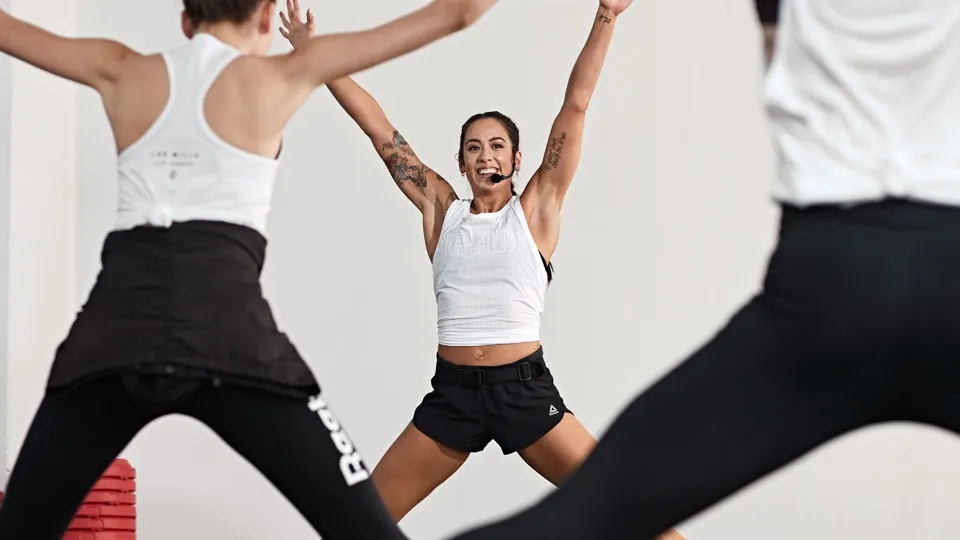
.webp)
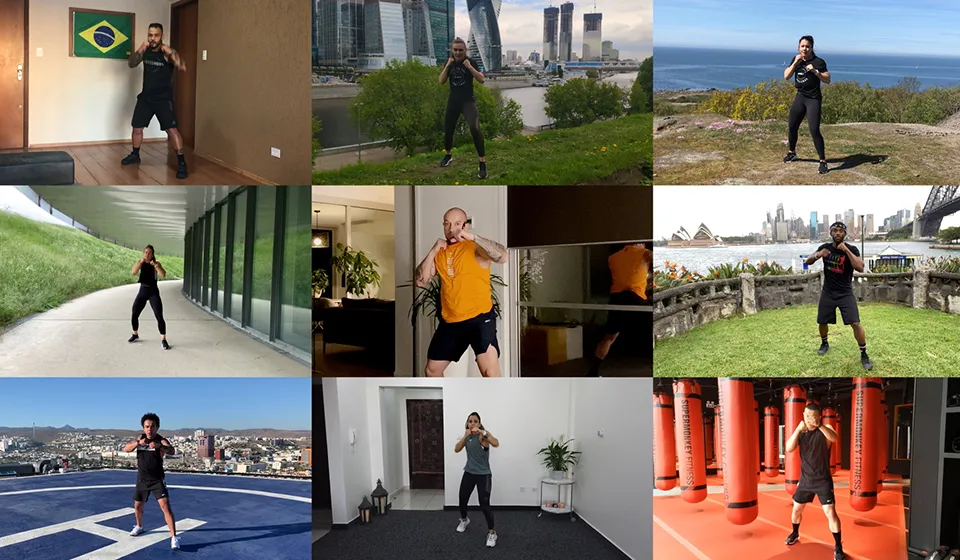
.webp)

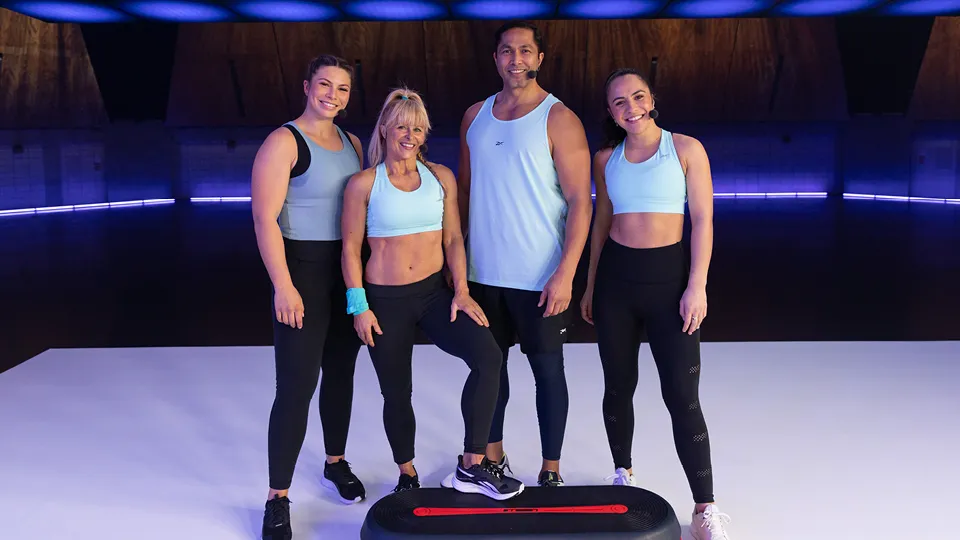
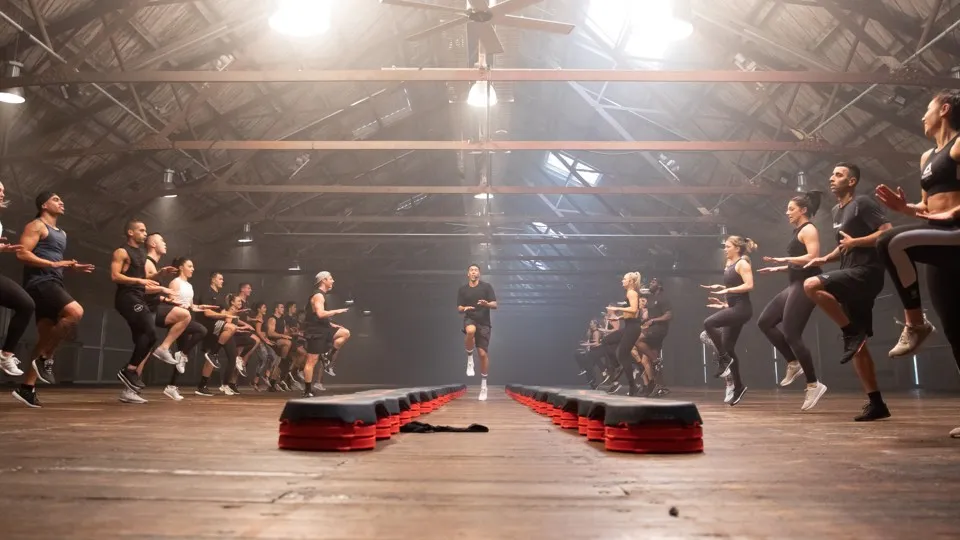

.webp)

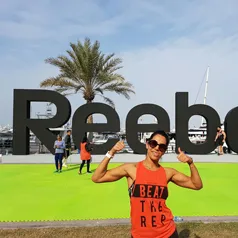
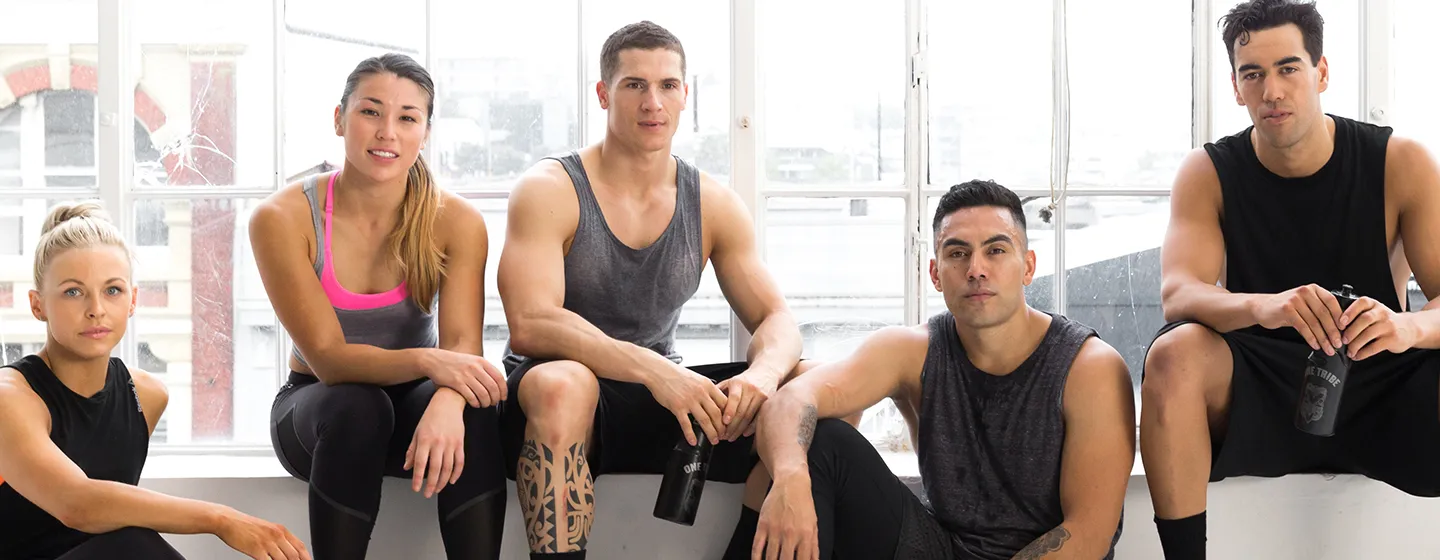

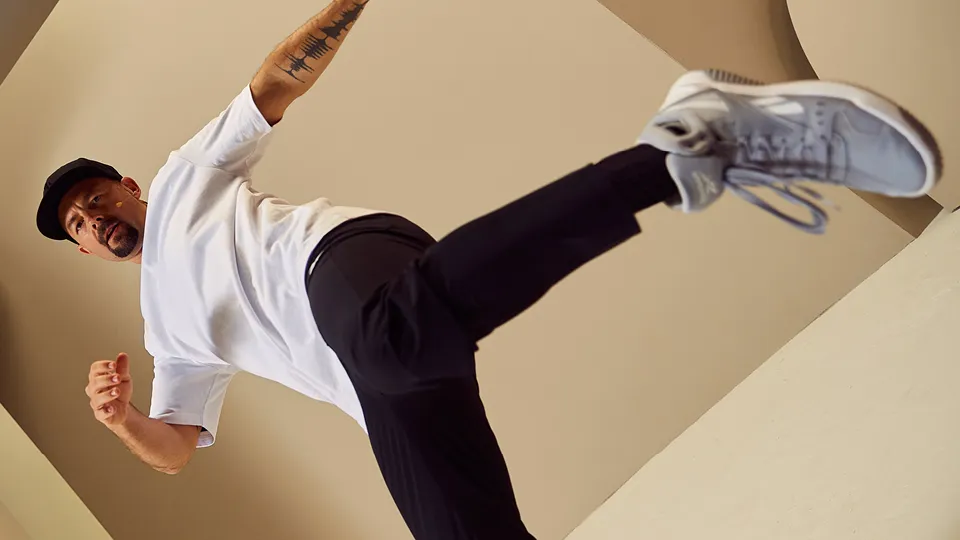


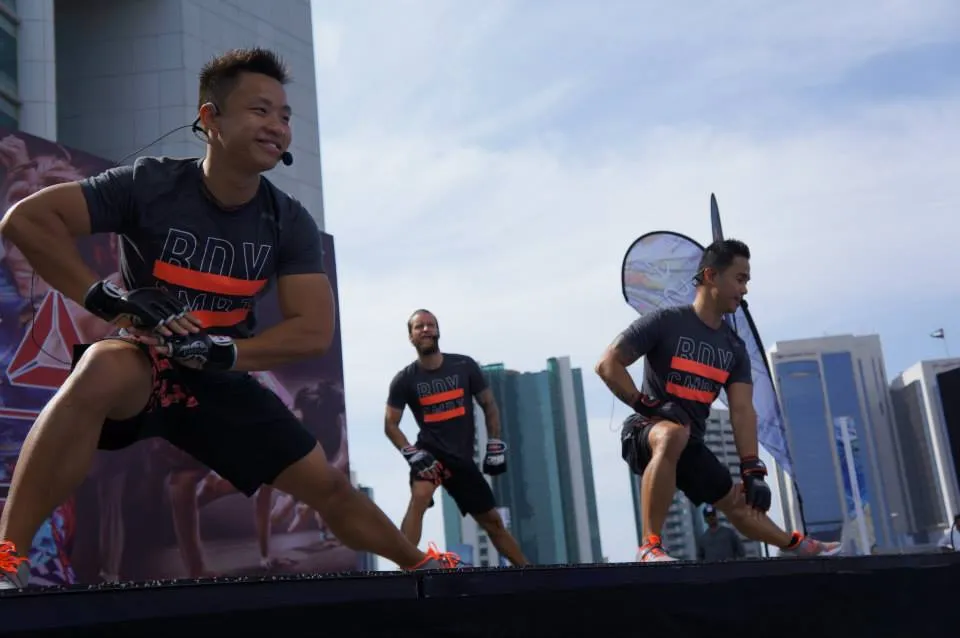
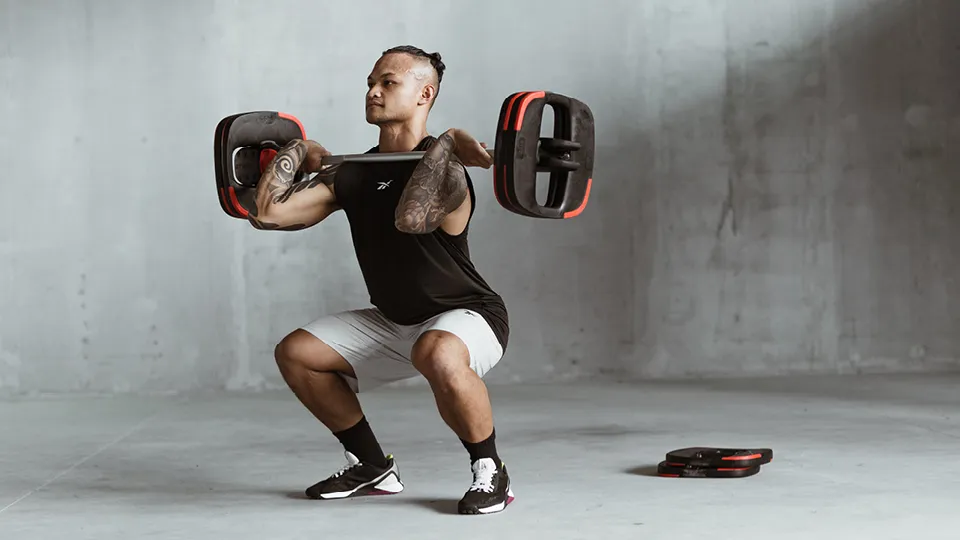


.webp)

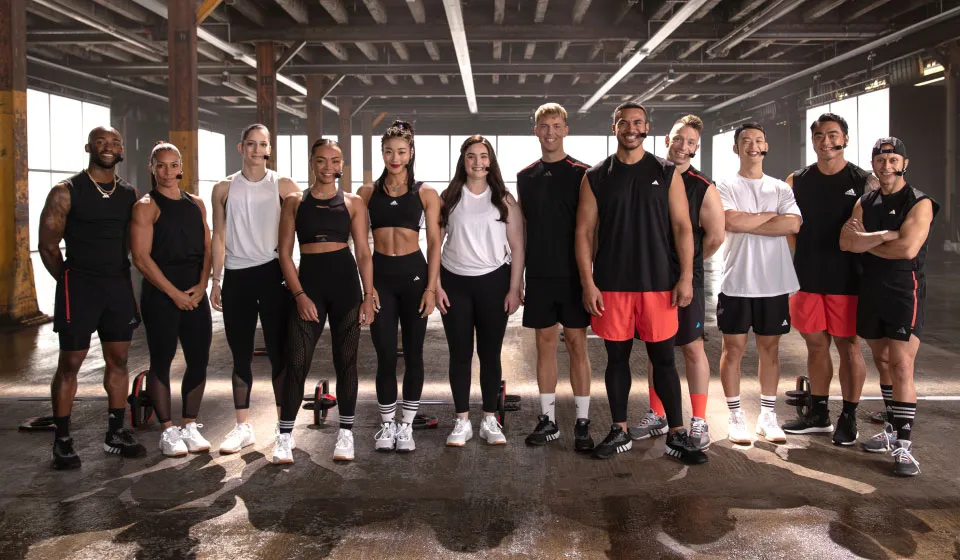
.webp)
.webp)
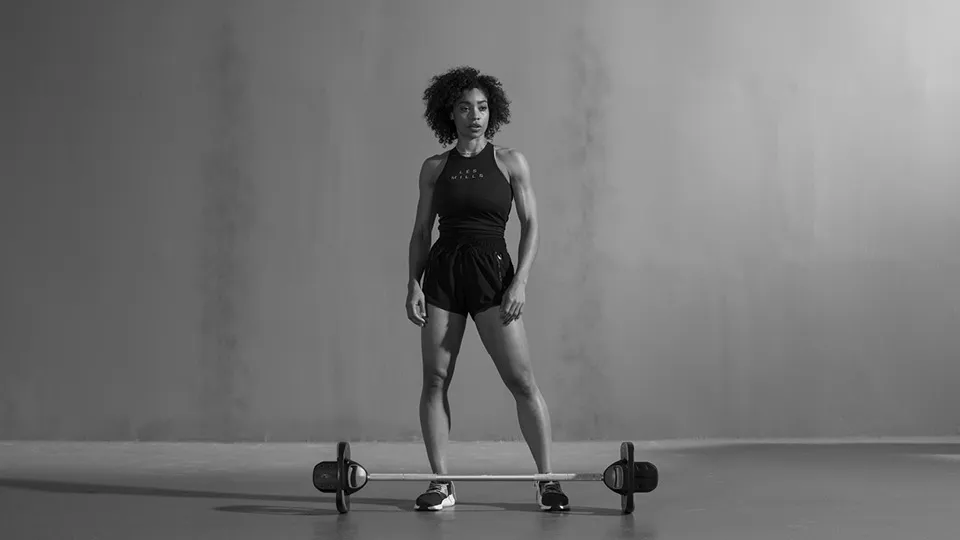
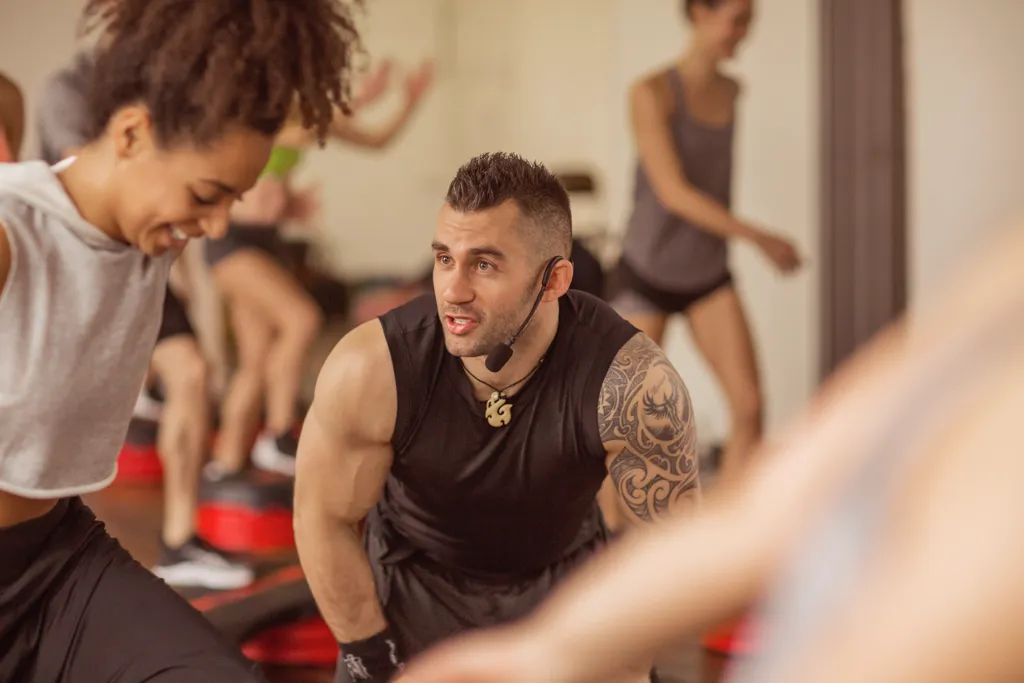


.webp)
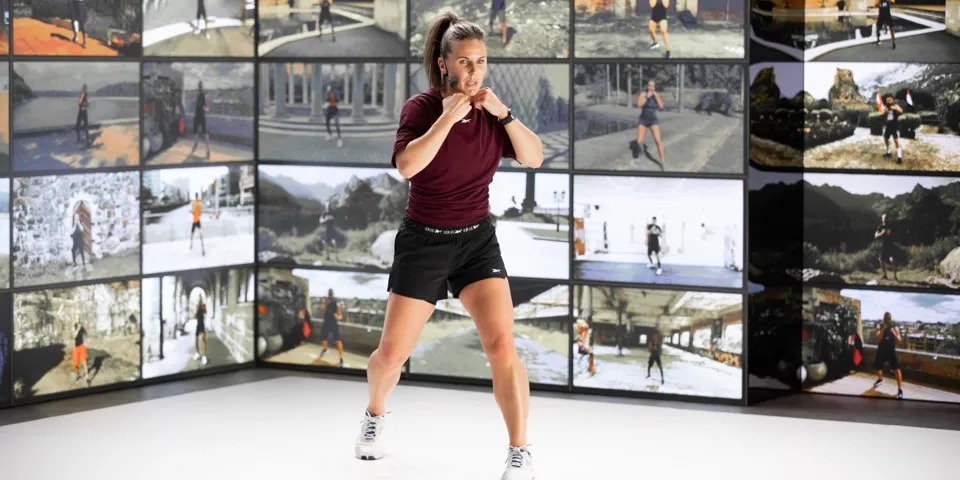
.webp)
.webp)




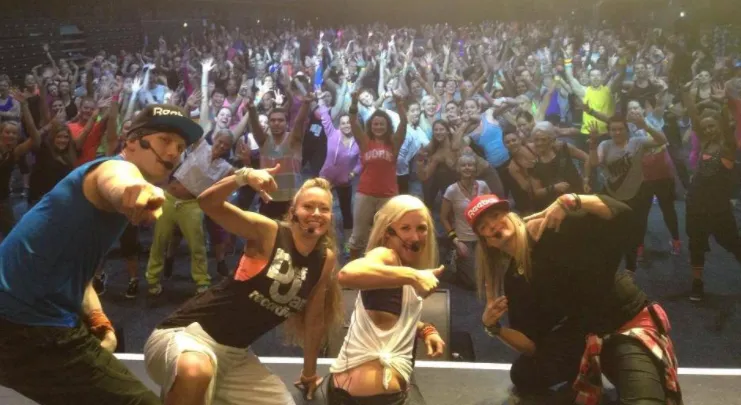


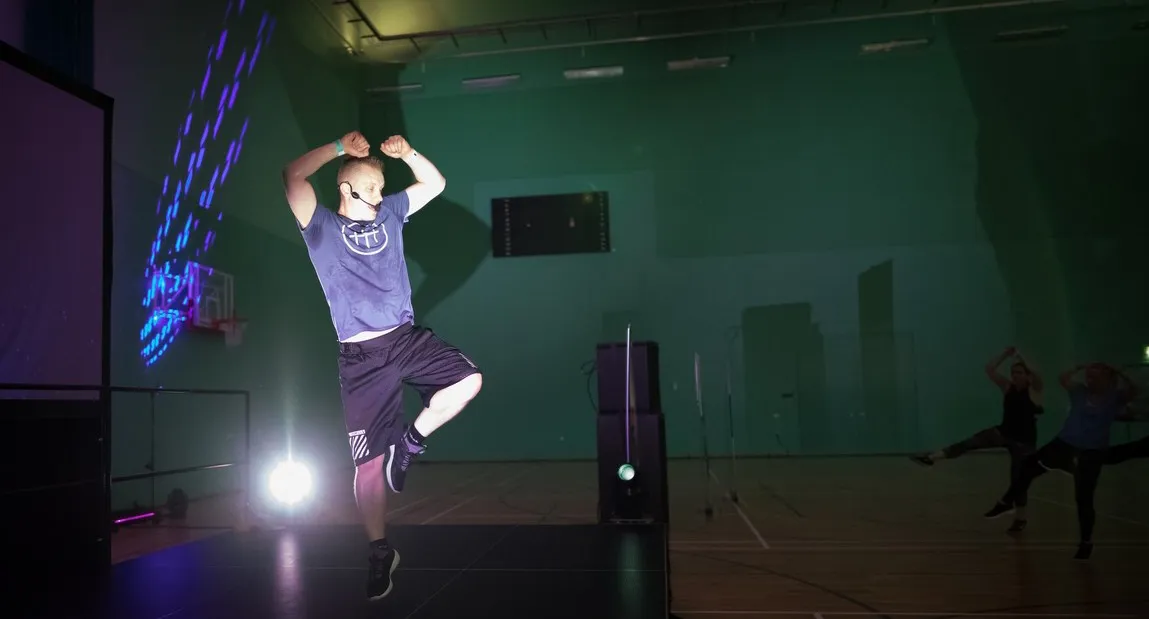

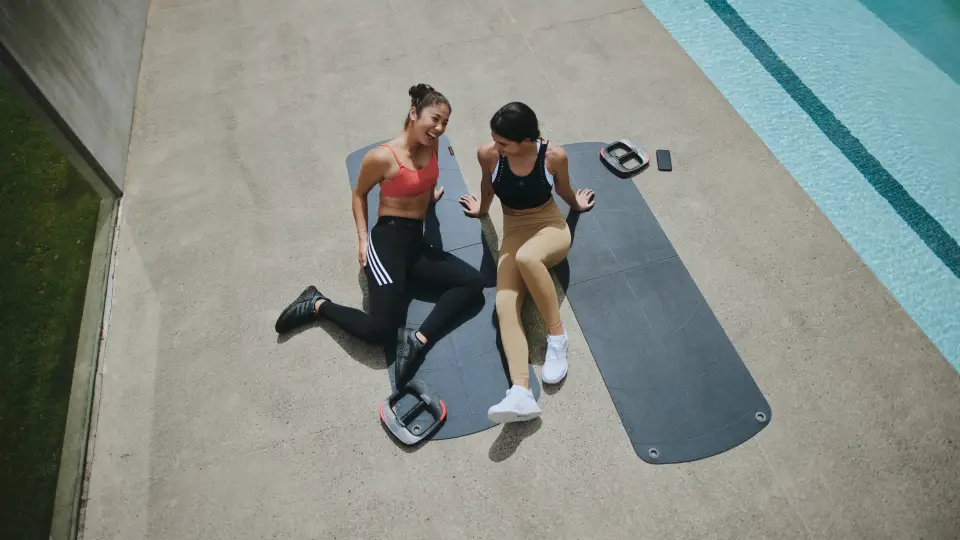



.webp)


